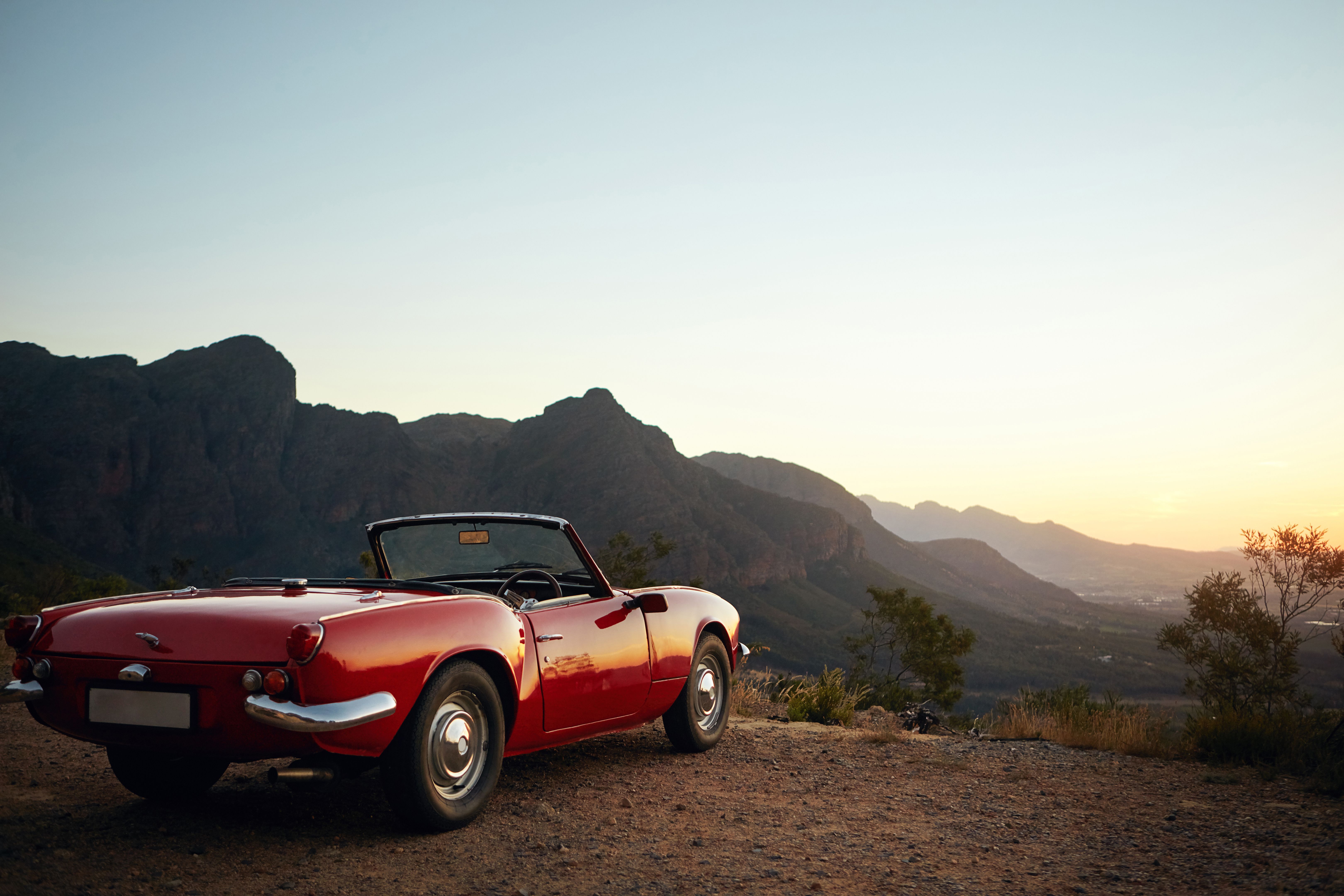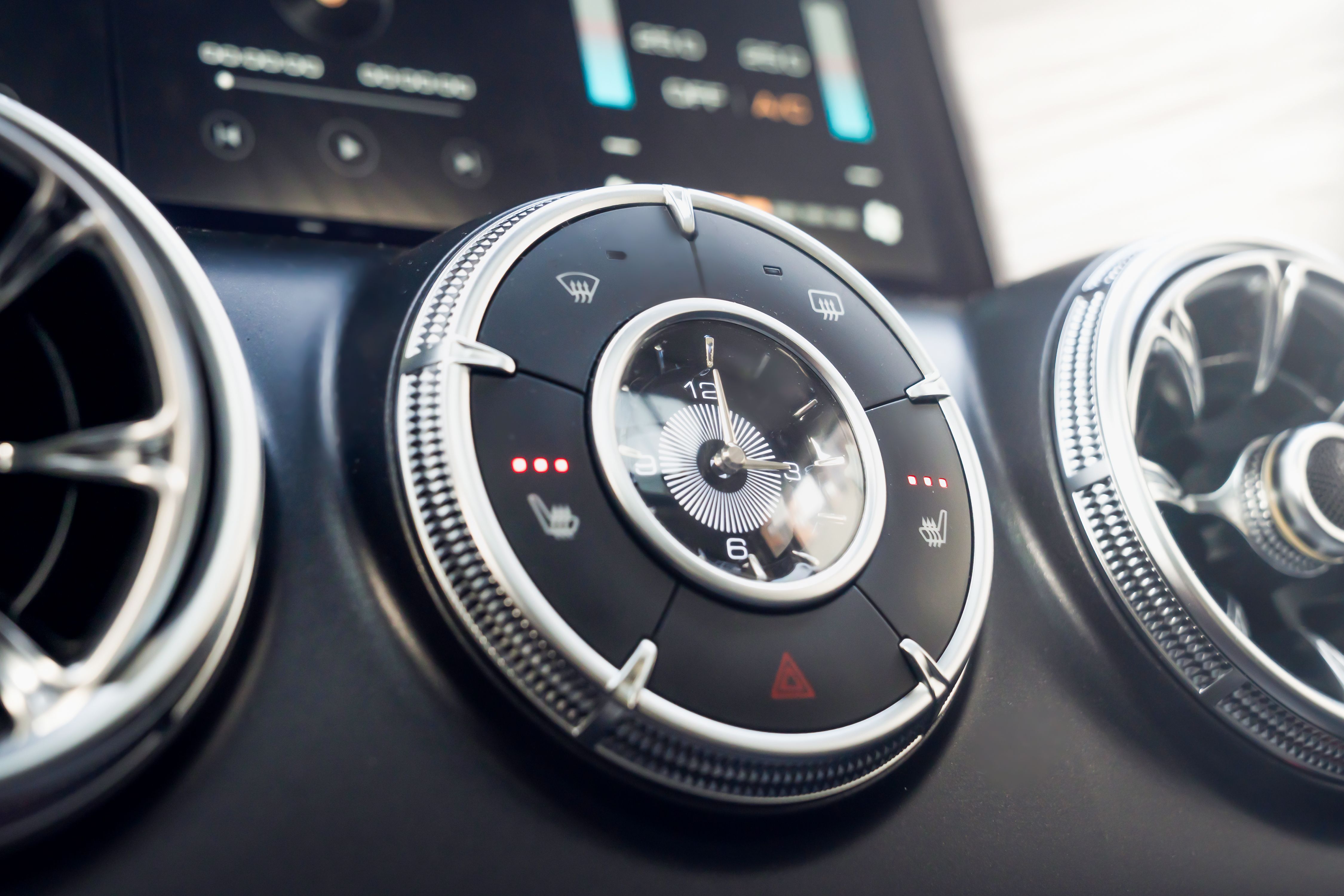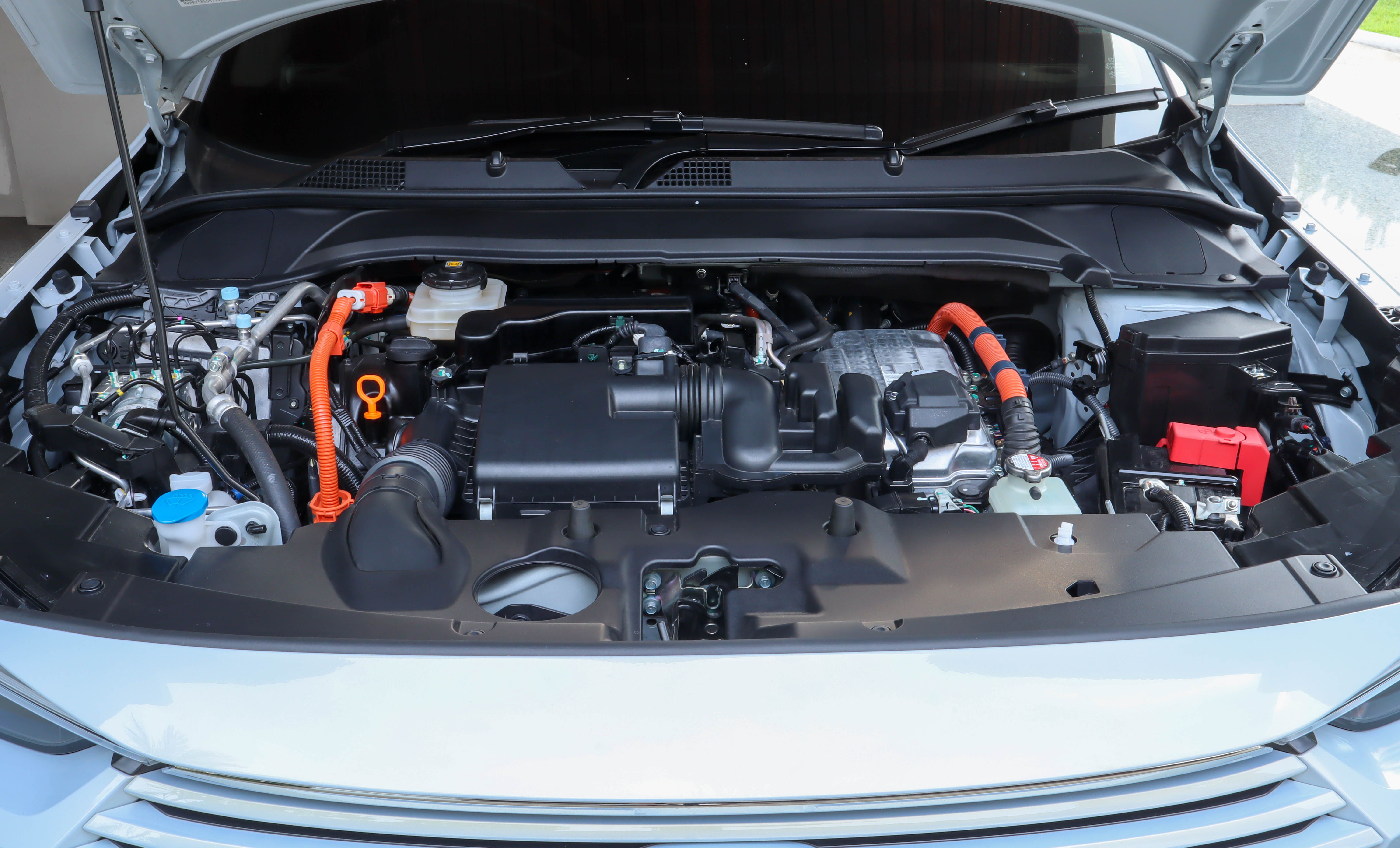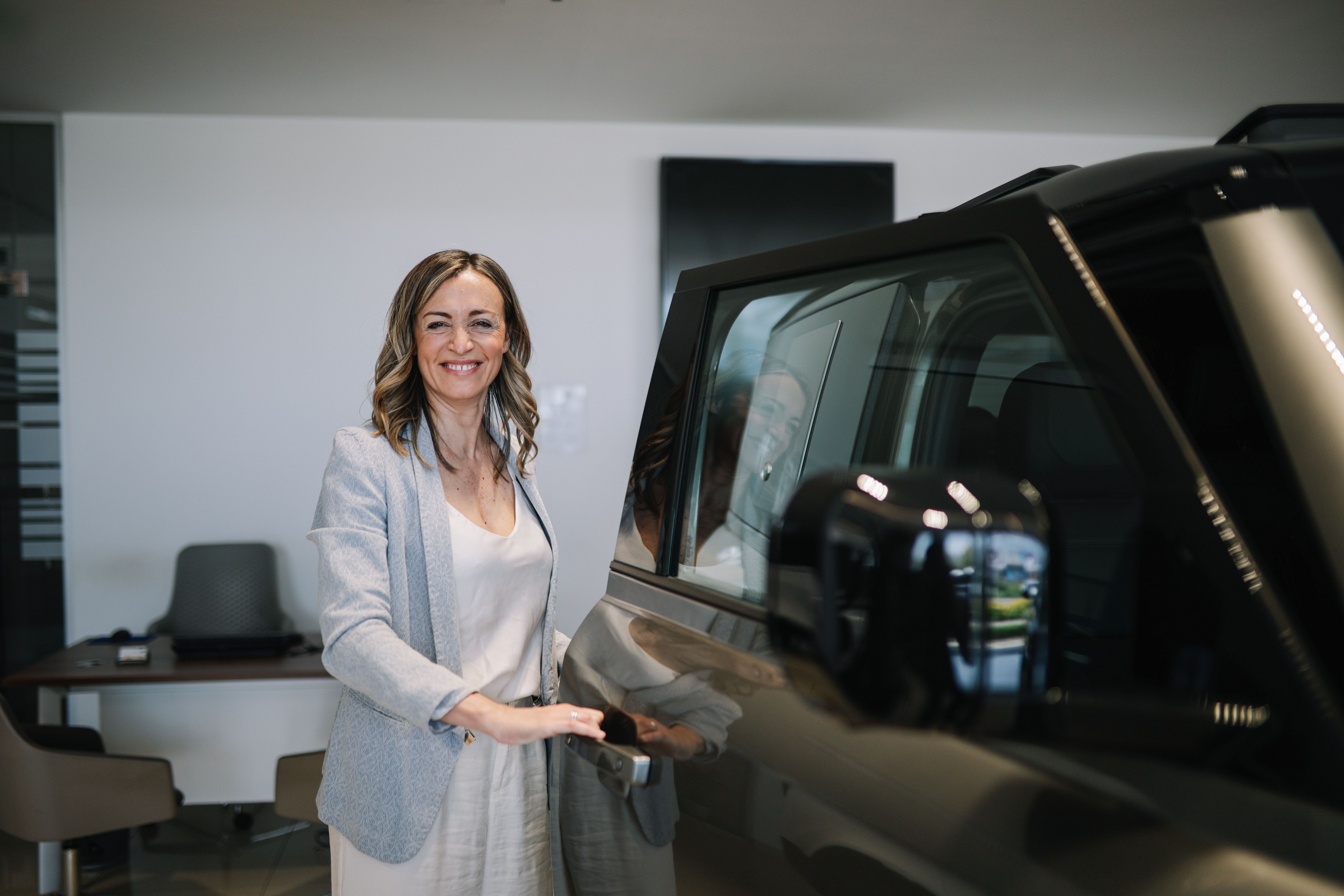The Evolution of Mercedes-Benz: A Legacy of Innovation
RR
The Dawn of a Legend
The story of Mercedes-Benz begins in the late 19th century, laying the foundation for what would become a pioneering force in the automotive industry. The brand's roots trace back to 1886 when Karl Benz patented the Motorwagen, the world's first true automobile. This invention was a testament to human ingenuity and marked the beginning of a legacy steeped in innovation. The early years were characterized by a relentless pursuit of engineering excellence, setting a high standard for the future.

Setting the Pace in the 20th Century
As the 20th century unfolded, Mercedes-Benz emerged as a leader in automotive technology and design. The brand introduced numerous groundbreaking features that would redefine the driving experience. In the 1930s, Mercedes-Benz unveiled the 500 K, a luxury sports car that epitomized sophistication and performance. This period also saw the brand's commitment to motorsports, achieving significant victories that cemented its reputation for speed and reliability.
Post World War II, Mercedes-Benz continued to innovate with models like the 300 SL Gullwing, which debuted in the 1950s. Known for its distinctive doors and powerful engine, the Gullwing became an icon of automotive design and engineering prowess. During this era, Mercedes-Benz also focused on safety innovations, introducing crumple zones and anti-lock braking systems that have since become industry standards.

A Commitment to Safety and Sustainability
In the latter half of the 20th century, Mercedes-Benz prioritized safety and environmental sustainability. The brand's engineers developed pioneering technologies such as airbags and electronic stability control, reinforcing their commitment to driver safety. These advancements were complemented by efforts to reduce environmental impact, leading to the development of more efficient engines and alternative fuel vehicles.
The introduction of hybrid models in the early 21st century marked a significant step towards sustainability. By integrating cutting-edge technology with luxury and performance, Mercedes-Benz demonstrated that environmental responsibility could coexist with high-end automotive engineering.

Technological Advancements in the Digital Age
As digital transformation reshaped industries globally, Mercedes-Benz was at the forefront of integrating technology into their vehicles. The brand embraced connectivity and automation, introducing features such as advanced driver-assistance systems and MBUX, an intuitive infotainment system that enhanced user experience.
Autonomous driving technology became a focal point, with Mercedes-Benz testing and refining systems that promise safer and more convenient travel. Their commitment to innovation is also evident in their electric vehicle lineup, with models like the EQC leading the charge towards a more sustainable future.

The Future of Mercedes-Benz
Looking ahead, Mercedes-Benz continues to pioneer innovations that shape the future of mobility. The brand is investing heavily in electric vehicles, aiming for carbon neutrality by the early 2030s. This commitment is reflected in their expanding range of electric models, designed to offer luxury without compromise.
In addition to electrification, Mercedes-Benz is exploring new frontiers in connectivity and autonomy. By leveraging artificial intelligence and machine learning, they aim to create vehicles that are not only more efficient but also more intelligent and responsive to user needs.
A Legacy of Excellence
The evolution of Mercedes-Benz is a testament to its unwavering dedication to innovation and excellence. From its humble beginnings with the Motorwagen to its current position as a leader in luxury automotive technology, Mercedes-Benz has consistently pushed the boundaries of what is possible. As they continue to innovate and adapt to new challenges, one thing remains certain: Mercedes-Benz will remain at the forefront of automotive excellence for generations to come.
